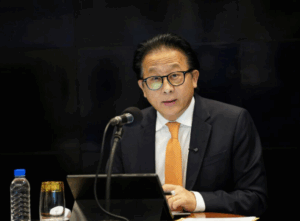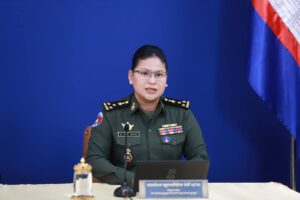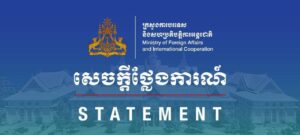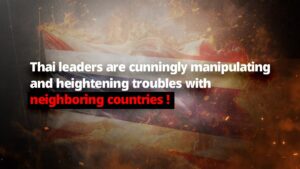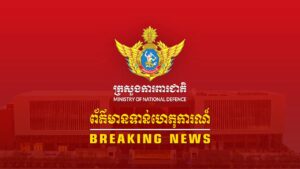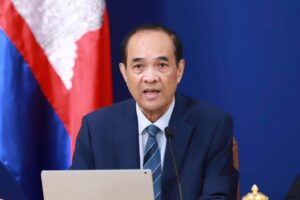Recent Thai media reports citing Nathan Ruser’s supposed “satellite imagery analysis” portray Cambodia as an aggressor in border tensions. However, a closer look reveals inaccuracies and misleading interpretations. Clarifying these issues transparently is essential to prevent further misinformation
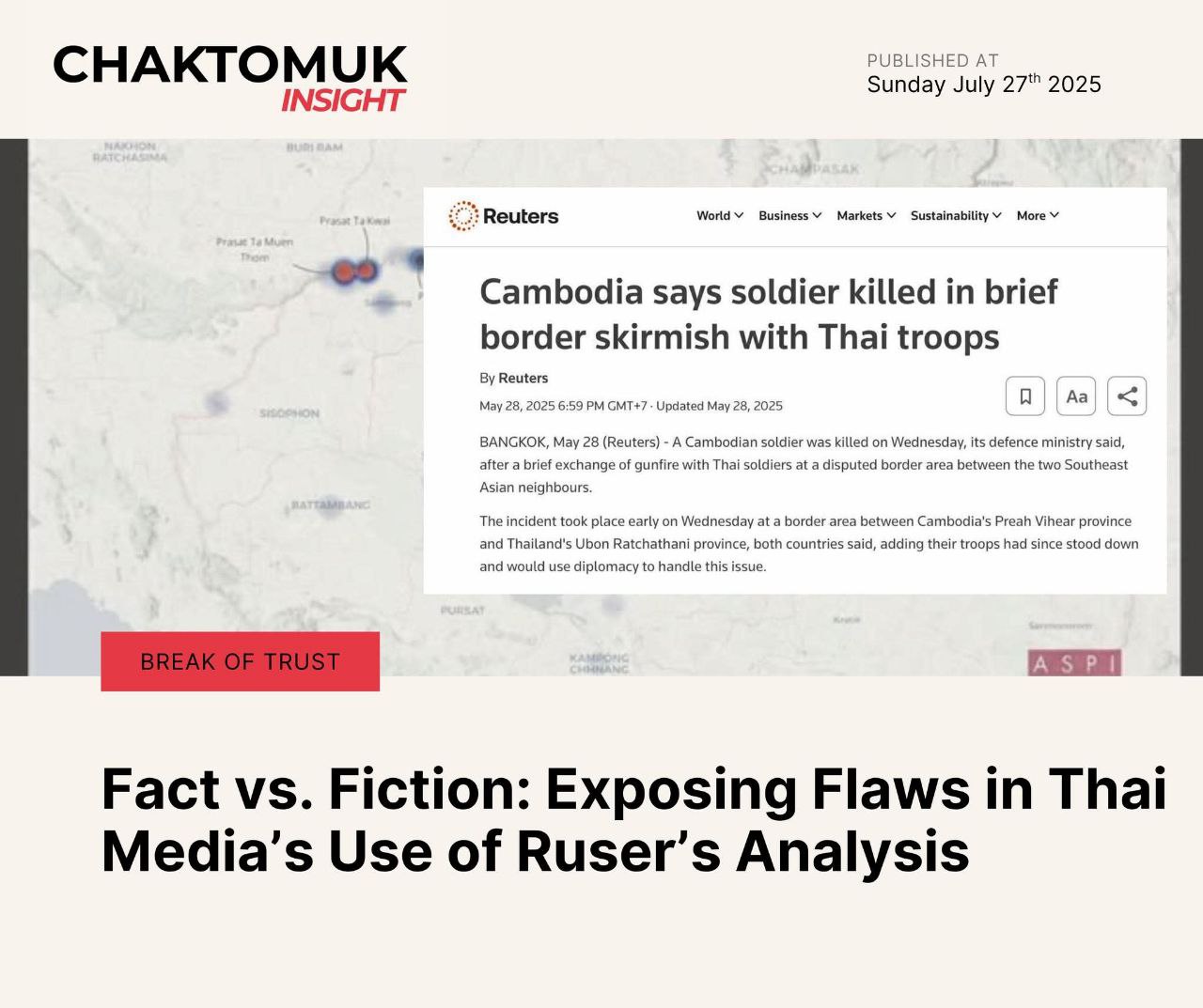 Recent Thai media reports citing Nathan Ruser’s supposed “satellite imagery analysis” portray Cambodia as an aggressor in border tensions. However, a closer look reveals inaccuracies and misleading interpretations. Clarifying these issues transparently is essential to prevent further misinformation
Recent Thai media reports citing Nathan Ruser’s supposed “satellite imagery analysis” portray Cambodia as an aggressor in border tensions. However, a closer look reveals inaccuracies and misleading interpretations. Clarifying these issues transparently is essential to prevent further misinformation
Recent Thai media reports citing Nathan Ruser’s supposed “satellite imagery analysis” portray Cambodia as an aggressor in border tensions. However, a closer look reveals inaccuracies and misleading interpretations. Clarifying these issues transparently is essential to prevent further misinformation.
Nathan Ruser himself publicly stated via his X (formerly Twitter) account that his analysis relied mainly on “official situation reports,” not satellite imagery alone, contradicting Thai media claims. He openly acknowledged significant analytical gaps, notably lacking concrete evidence regarding Thai military movements, stating explicitly: “I don’t specify who fired first.”
The circulated heatmap allegedly showing Cambodian advancements is a stylized visualization lacking crucial details such as timestamps, raw images, or credible sources. Actual satellite imagery provided by Ruser indicates routine road construction, without clear evidence of military buildup or aggressive actions by Cambodia. Interpreting infrastructure development as aggressive intent is speculative.
Even if Ruser’s claims about Cambodia fortifying defenses after May 28 were accurate, such actions would be justified. On May 28, a Cambodian patrol soldier was killed by Thai forces without clear provocation. Despite this provocation, Cambodia chose diplomatic and legal actions, filing a formal complaint with the International Court of Justice (ICJ) in June.
Relying on incomplete and speculative information creates a dangerous, misleading narrative. The international community requires factual accuracy and transparency rather than ambiguous claims fueling unnecessary tensions.
Ultimately, responsible reporting demands clear distinctions between verifiable evidence and speculation. Analysts and media must maintain high standards of evidence to foster dialogue and regional stability.
Author: Virakpoung

